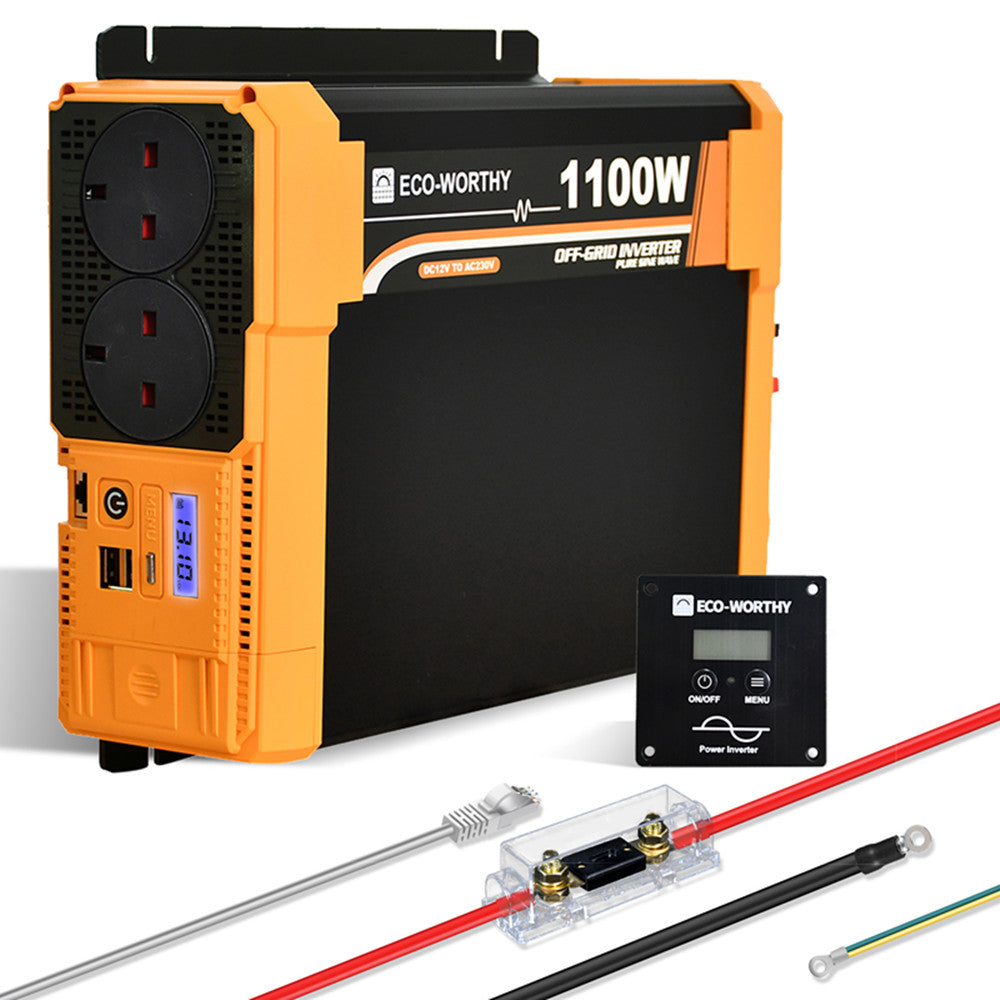As the world increasingly turns to renewable energy sources, solar inverters play a pivotal role in harnessing solar power efficiently. This guide aims to provide a comprehensive understanding of solar inverters, their types, functions, and the benefits they offer to both residential and commercial users.

What Are Solar Inverters?
Solar inverters are essential components of a solar power system. They convert the direct current (DC) electricity generated by solar panels into alternating current (AC) electricity, which is the standard form of electricity used in homes and businesses. Without solar inverters, the energy produced by solar panels would be unusable for most electrical appliances.
Types of Solar Inverters
There are several types of solar inverters, each designed to meet different energy needs:
- String Inverters: These are the most common type of solar inverter, connecting multiple solar panels in a series. They are cost-effective and suitable for residential installations.
- Microinverters: Unlike string inverters, microinverters are installed on each solar panel, allowing for individual panel optimisation. This type is ideal for installations with shading issues.
- Power Optimisers: These devices work in conjunction with string inverters to enhance the performance of each solar panel, making them a good choice for larger systems.
- Hybrid Inverters: These versatile inverters can manage both solar energy and battery storage, providing flexibility for users who wish to store excess energy for later use.
Functions of Solar Inverters
The primary function of solar inverters is to convert DC to AC electricity. However, they also perform several other critical functions:
- Monitoring: Many solar inverters come equipped with monitoring capabilities, allowing users to track energy production and consumption in real-time.
- Grid Connection: Solar inverters ensure that the energy produced can be fed back into the grid, enabling users to benefit from net metering.
- Safety Features: Inverters include safety mechanisms to prevent overloads and short circuits, ensuring the system operates safely.
Benefits of Solar Inverters
Investing in solar inverters offers numerous advantages:
- Energy Efficiency: By converting solar energy into usable electricity, inverters maximise the efficiency of solar power systems.
- Cost Savings: Users can significantly reduce their electricity bills by generating their own power.
- Environmental Impact: Solar inverters contribute to reducing carbon footprints, promoting a cleaner environment.
For those interested in exploring various options for solar inverters, you can find a wide selection at .
Conclusion
In summary, understanding solar inverters is crucial for anyone considering solar energy. By knowing the types, functions, and benefits, users can make informed decisions that align with their energy needs and sustainability goals. As technology continues to evolve, solar inverters will undoubtedly play an even more significant role in the future of energy consumption.






